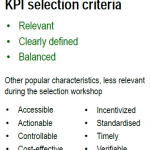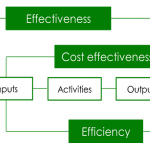Everything You Need To Know About KPI Selection

Image source: ©AndreyPopov via Canva.com
“What constitutes a good KPI example?”, “How should KPIs be measured?”, “Which KPI is suitable for our organization?”, and “How well will employees understand and participate in tracking these KPIs?” These questions often loom large for companies seeking to select the right KPIs to accurately measure their performance and progress toward strategic objectives.
According to The KPI Institute’s (TKI) State of Strategy Management Practice Global Report – 2023, choosing the right KPIs ranks as the second most significant obstacle in strategy planning.
The report further reveals a concerning trend regarding the challenges associated with working with KPIs. Results indicate a surge in the hurdles associated with KPI selection compared to the previous year.
Several factors contribute to the challenging nature of KPI selection, including the need to align with strategic objectives; the common practice of defining initiatives before KPIs rather than defining KPIs and targets first and then developing initiatives to reach them; clearly differentiating between strategic and operational KPIs at the departmental level; and focusing too much on task-related KPIs rather than impact KPIs at the employee level.
3 stages of KPI selection
Selecting the right KPIs requires careful planning, analysis, and collaboration across various organizational areas. A rigorous KPI selection process typically involves three major stages (see Figure 1).
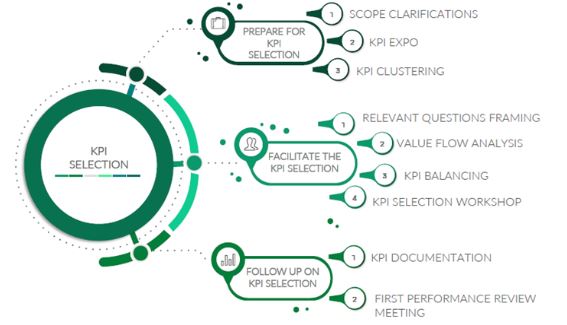
Figure 1. KPI selection process | Source: The KPI Institute, Certified KPI Professional course
Stage 1: Prepare for KPI selection
Your initial step in the process is to set a clear direction for KPI selection by recognizing the business objectives and goals that must be attained. This is essential to ensure that all personnel are working towards the same objectives and that progress can be efficiently monitored. This stage clarifies the necessity and application of measurement while precisely defining the intended purpose of the KPIs.
Next, conduct thorough research to gather a range of KPI examples. This serves a dual purpose: educating your internal stakeholders and fostering meaningful discussions about KPIs. This process, labelled as the KPI expo, entails compiling a comprehensive list of KPIs that will later be filtered based on a set of criteria.
You should review both internal and external data sources (see Figure 2) to leverage existing practices while also gaining insights into industry best practices. The KPI expo can include existing KPI lists from various organizational levels, which may already be in use or have been tested within your organization.
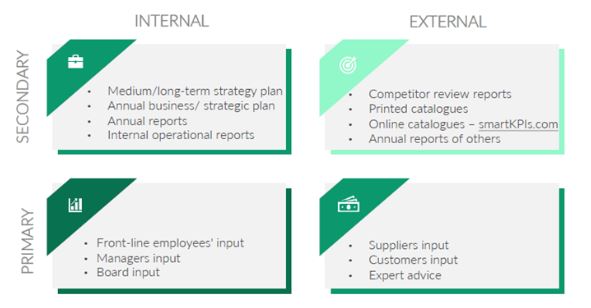
Figure 2. KPI selection sources | Source: The KPI Institute, Certified KPI Professional course
Stage 2: Facilitate KPI selection
In the next stage, use intelligence gathering and conduct workshops to identify suitable KPIs. You can obtain insights from a diverse range of stakeholders, including clients, suppliers, employees, and management. This approach will foster broader buy-in and support.
TKI recommends the following selection methods to ensure the identification of relevant KPIs:
- Question framing: Guide discussions toward relevant contexts and gather participant perspectives. Questions might include, “How many KPIs should we select?” or “What is the procedure for validating the selected KPIs?”
- Value flow analysis: Examine the flow of value within business processes—from inputs to outcomes—to understand how objectives can be measured from different perspectives.
- KPI balancing: Avoid narrow perspectives by selecting at least two complementary KPIs per objective, ensuring the measurement of both quantity and quality, subjectivity and objectivity, and efficiency and effectiveness.
Additionally, among the existing criteria in practice, TKI suggests using these five to ensure KPI relevancy:
- Measurable: Can the KPI result be quantified?
- Accessible: Can your organization feasibly gather the necessary data?
- Specific: Does the KPI address a specific issue you have?
- Actionable: Does it provide information for decision-making?
- Balanced: Does it reflect various facets of performance?
Read more: Ask Our Experts: choosing the right KPIs in measuring public services performance
Stage 3: Follow up on KPI selection
The final stage in the KPI selection process involves monitoring the selected KPIs for necessary recalibrations. This can be achieved through two key activities: KPIs documentation and the performance review meeting.
KPI documentation can reveal limitations associated with data collection or reporting and gaps in the cost-benefit analysis of the KPI’s usage. Develop a comprehensive set of information for each selected KPI to facilitate data collection, reporting, and analysis.
Use a standard template, known as a KPI documentation form (see Figure 3), capturing each KPI’s details, definition, calculation formula, target, data source, reporting frequency, KPI owner, and data custodian. For more examples, you can explore TKI’s comprehensive repository of KPIs at smartKPIs.com.
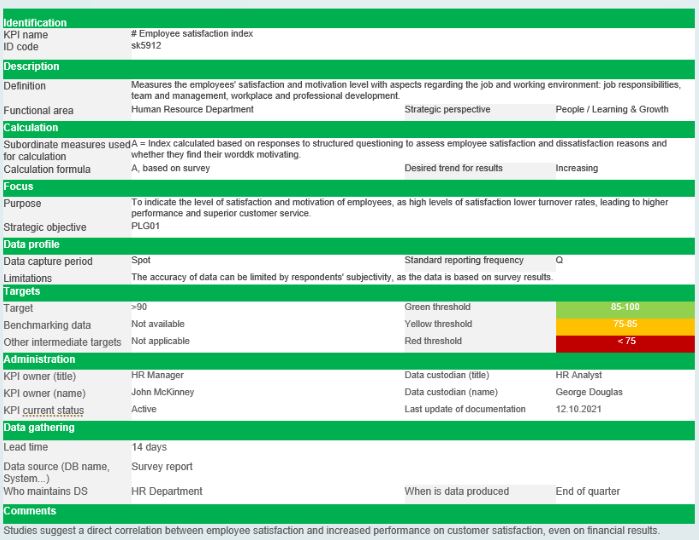
Figure 3. A sample KPI documentation form | Source: The KPI Institute, Certified KPI Professional course
The first reporting and performance review meeting for the new KPIs will reveal their utility for decision-making. It provides managers with an overview of how the KPIs cover all aspects of the business and helps identify necessary adjustments to the corporate scorecard, ensuring that the most relevant data is available for decision-making. Facilitate this first meeting through your strategy office.
Read more: Integrating KRIs and KPIs for comprehensive performance and risk management
After this final stage, your KPIs can be maintained as initially selected, recalibrated and updated, or even phased out of use based on their effectiveness and relevance to your organizational goals.
By following these stages, you can select and implement KPIs that accurately measure performance and support strategic objectives, ultimately driving your business success and growth.
Ready to take your KPI selection to the next level? Head over to the KPI section on our website for more in-depth articles and expert advice.

Tags: choosing KPIs, KPI, KPI Selection


